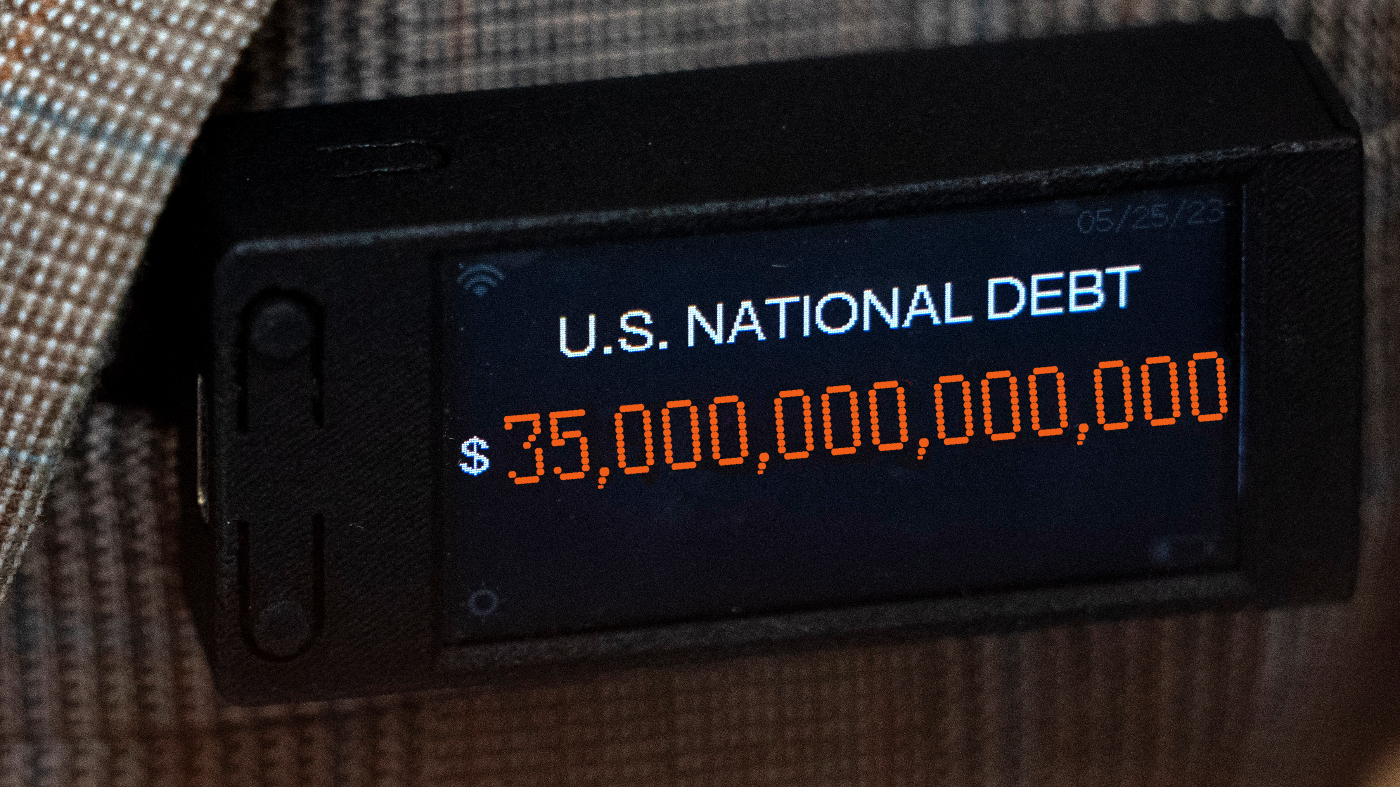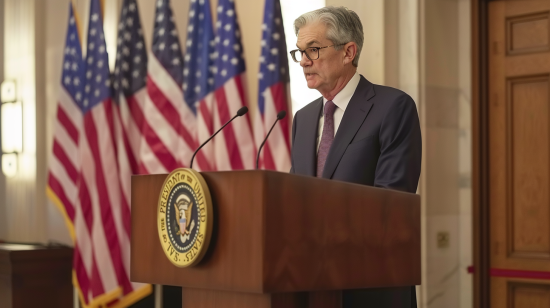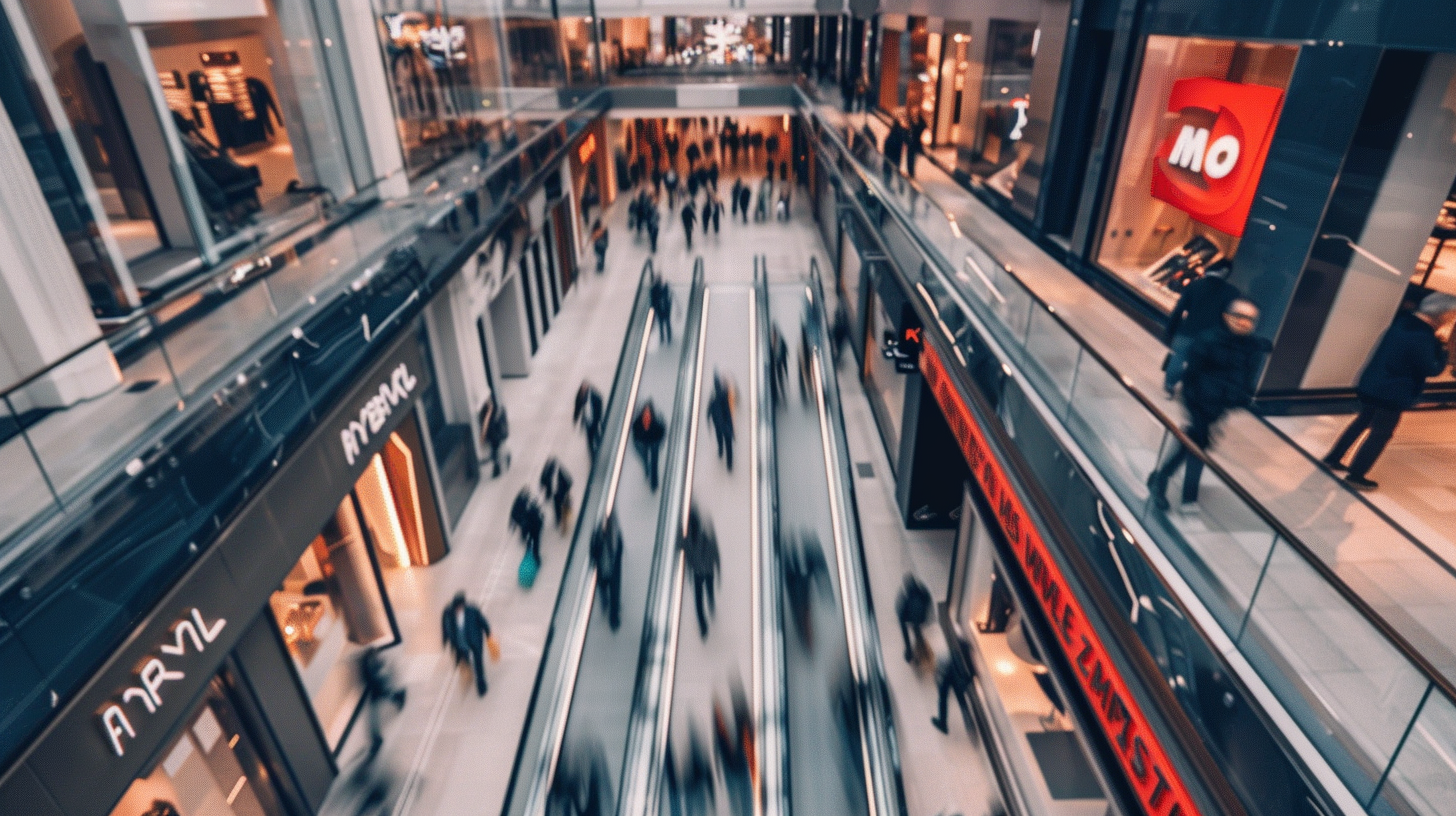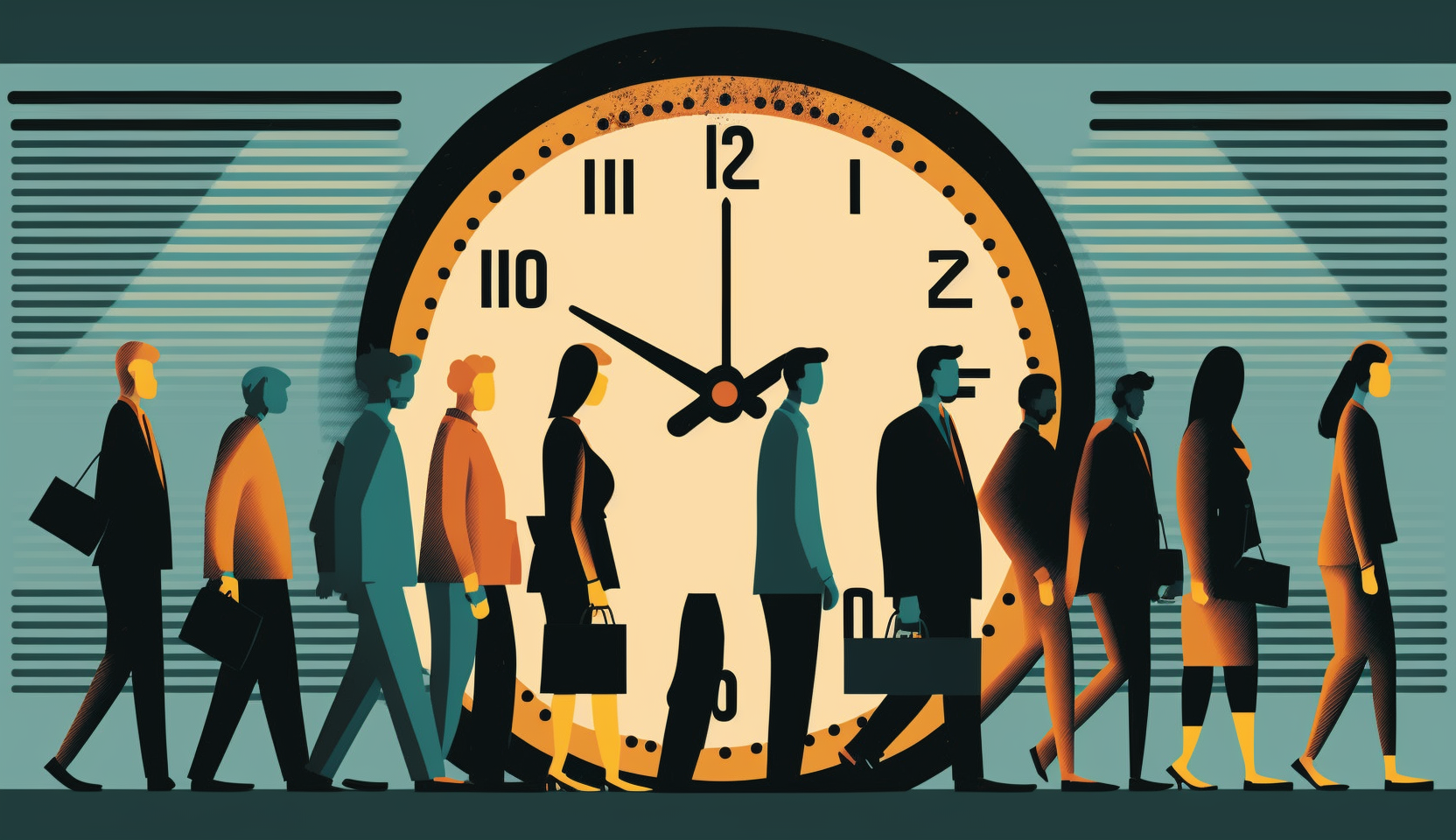| Key Points: – Federal Reserve Chair Jerome Powell indicates a readiness to cut interest rates, signaling a shift in monetary policy direction. – The Fed’s anticipated rate cut, likely to be announced at the September meeting, reflects recent economic data showing a softer labor market. – Powell’s remarks highlight progress in controlling inflation and managing economic distortions from the COVID-19 pandemic. |
In a pivotal address at the Kansas City Fed’s annual economic symposium in Jackson Hole, Wyoming, Federal Reserve Chair Jerome Powell delivered a clear message to the financial markets: “The time has come” to begin cutting interest rates. This statement marks a significant shift in monetary policy and provides insight into the Fed’s response to evolving economic conditions.
Powell’s speech, delivered on August 23, 2024, comes as anticipation builds for the Federal Reserve’s upcoming meeting scheduled for September 17-18. Investors are now almost certain that the central bank will implement its first interest rate cut since 2020. Powell’s remarks reflect a response to recent economic data and shifting conditions in the labor market.
One of the key factors influencing the Fed’s decision is the recent softness in the labor market. The July jobs report revealed that the U.S. economy added only 114,000 jobs, and the unemployment rate rose to 4.3%, the highest level since October 2021. Additionally, data indicating a reduction of 818,000 jobs from earlier in the year suggests that previous employment figures may have overstated the labor market’s strength. Powell acknowledged these developments, emphasizing that the Fed does not anticipate further cooling in labor market conditions contributing to elevated inflationary pressures.
Powell’s speech underscored the progress made in addressing inflation, a primary focus of the Fed’s recent monetary policy. “Four and a half years after COVID-19’s arrival, the worst of the pandemic-related economic distortions are fading,” Powell stated. He noted that inflation has significantly declined and attributed this improvement to the Fed’s efforts to moderate aggregate demand and restore price stability. This progress aligns with the Fed’s goal of maintaining a strong labor market while achieving its 2% inflation target.
Powell’s tone marked a notable contrast from his speech at Jackson Hole in 2022, where he discussed the potential for economic pain due to high unemployment and slow growth as part of the effort to control inflation. At that time, Powell was more focused on the possibility of a recession and the need for persistent high interest rates to combat inflation. The current shift towards rate cuts suggests that the Fed believes the economic landscape has improved sufficiently to warrant a change in policy.
As Powell outlined, the timing and pace of future rate cuts will depend on incoming data and the evolving economic outlook. The Fed’s approach will be data-driven, reflecting a careful balance between fostering economic growth and managing inflation. This flexibility underscores the Fed’s commitment to adapting its policies in response to changing economic conditions.
In summary, Powell’s recent address signals a significant policy shift as the Fed prepares to cut interest rates for the first time in several years. This move reflects the central bank’s confidence in the progress made towards economic stability and inflation control. The upcoming September meeting will be crucial in determining the exact nature of these rate adjustments and their implications for the broader economy.














